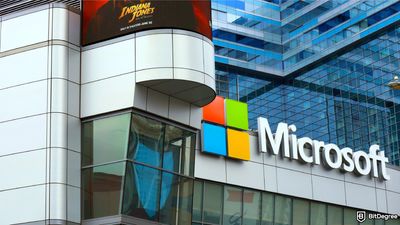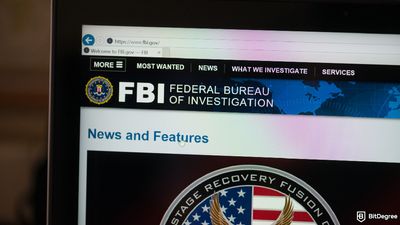Singapore Red Cross CEO claims with the new integration, the organization, opens "doors to a new segment of donors."
Singapore Red Cross, a leading figure in humanitarian assistance and community outreach, has now incorporated cryptocurrency as an option for contributors.
According to the announcement shared on August 7th, Singapore Red Cross entered into an alliance with Triple-A, the first-ever crypto payment platform to gain licensure from the Monetary Authority of Singapore.

Did you know?
Want to get smarter & wealthier with crypto?
Subscribe - We publish new crypto explainer videos every week!
How to Get Free Crypto? (Explained with Animations)


This partnership will not only enable people to anonymously donate cryptocurrencies but also ensures that these contributions will be promptly converted to fiat currency and deposited through bank transfers within a day.
In particular, investors will be able to make donations using Bitcoin (BTC), Ether (ETH), USD Coin (USDC), and Tether (USDT).
In expressing his views on this transformative initiative, Benjamin William, the esteemed Secretary General and CEO of the Singapore Red Cross, said:
By accepting digital currencies, we open our doors to a new segment of donors who are tech-savvy and wish to make a difference through their digital assets. Enabling cryptocurrency donations also opens more opportunities for the new generation of donors who are au fait with digital currencies to consider philanthropy and helping the vulnerable.
Individuals eager to explore this new avenue can already spot the crypto payment feature on the Singapore Red Cross's website. Beyond the aforementioned digital currencies, donors using the Binance digital wallet are also catered to through a distinctive payment solution.
Highlighting a progressive legal standpoint, the High Court of Singapore, in July, pronounced cryptocurrency as a form of private property. This delineation draws parallels between crypto and traditional fiat money.
Singapore Red Cross's embrace of cryptocurrency signifies a merger between modern technological strides and age-old altruism. It's a testament to how institutions can adapt and evolve with the changing times, bringing forth opportunities for new-age philanthropists to make impactful contributions.






















